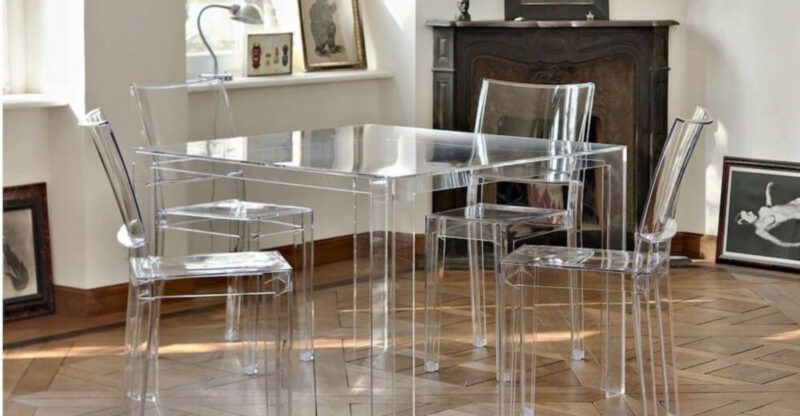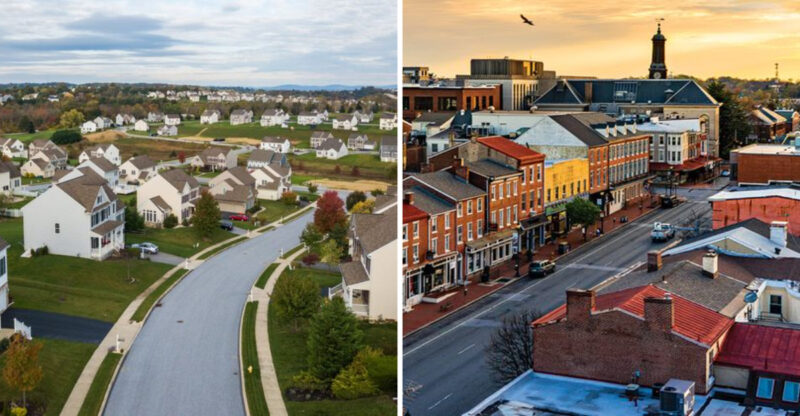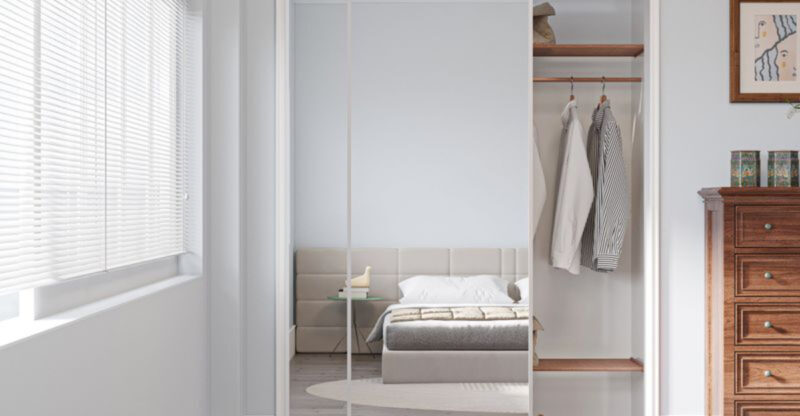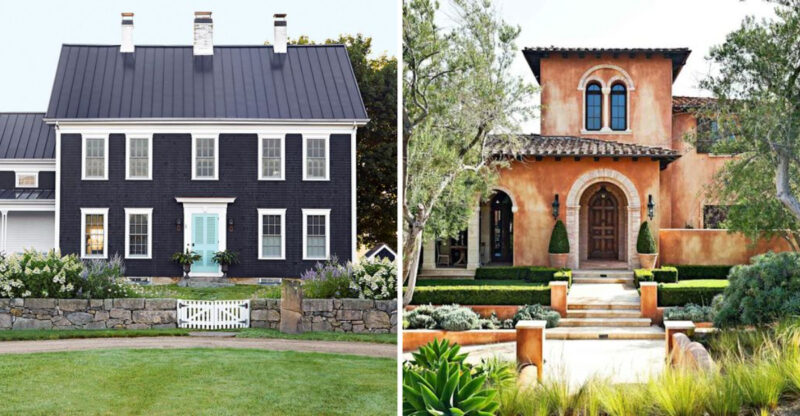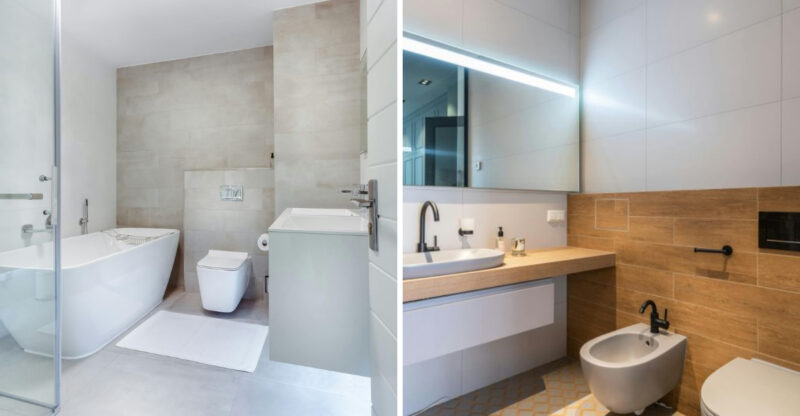17 Popular Home Additions That Actually Make Buyers Walk Away
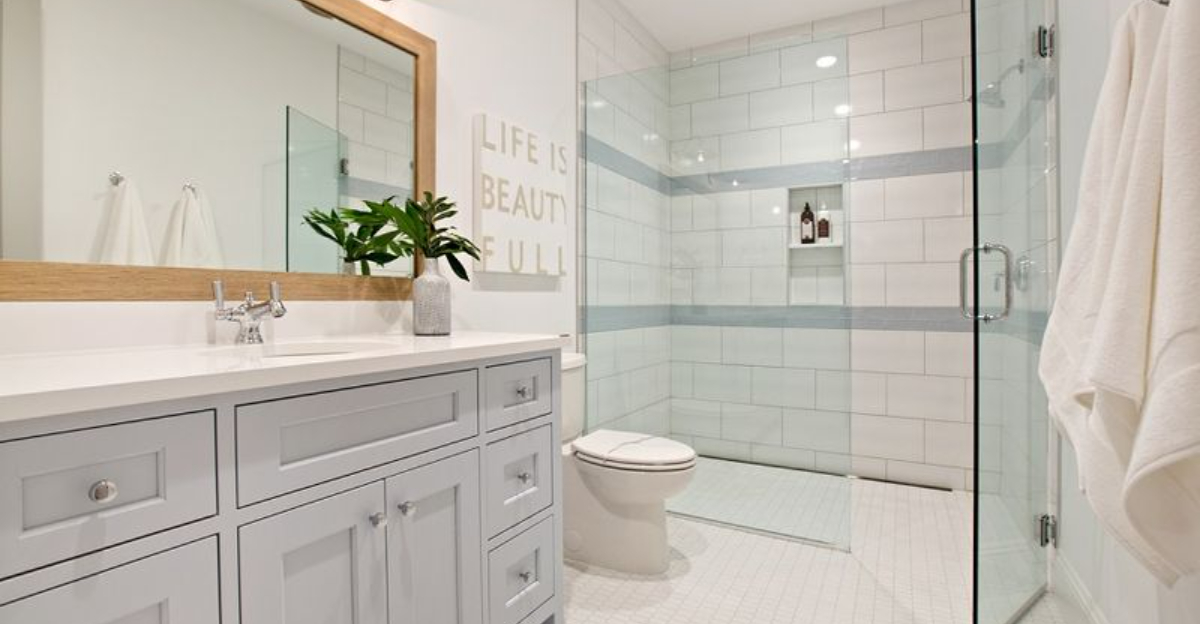
We’ve all heard that home improvements boost property value, but what if I told you some popular renovations actually send potential buyers running?
As a designer who’s seen countless home sales fall through, I’ve noticed specific additions that homeowners love but buyers absolutely hate.
Let me walk you through the renovations that might be sabotaging your home’s selling potential. Spoiler alert, just because you love that neon pink bathroom doesn’t mean everyone else will!
1. Swimming Pools That Swallow Budgets
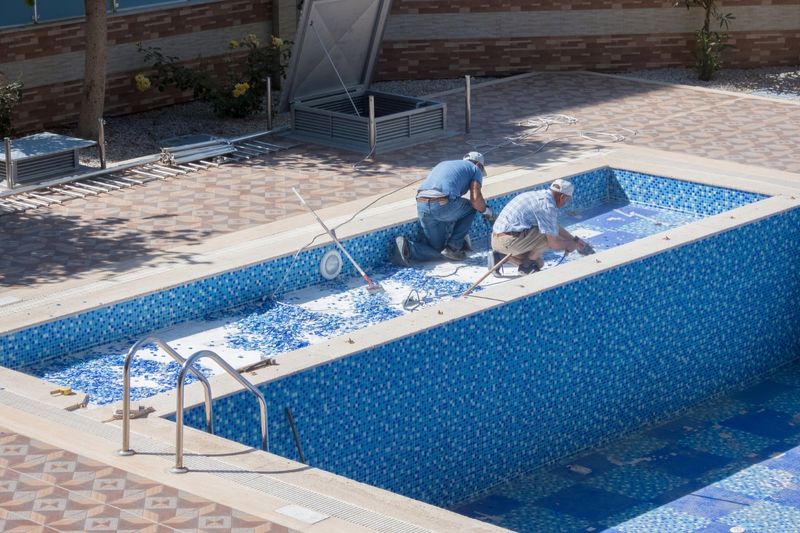
Homeowners often splash out on pools thinking they’re adding luxury, but many buyers see only maintenance headaches and safety concerns. The average pool costs $4,000 annually to maintain!
Children and pet safety becomes a major worry for young families. Plus, insurance rates typically jump when a property includes a swimming pool.
Northern climate buyers particularly avoid pools since they’re unusable most of the year while still requiring year-round upkeep.
2. Converted Garages That Confuse Purpose
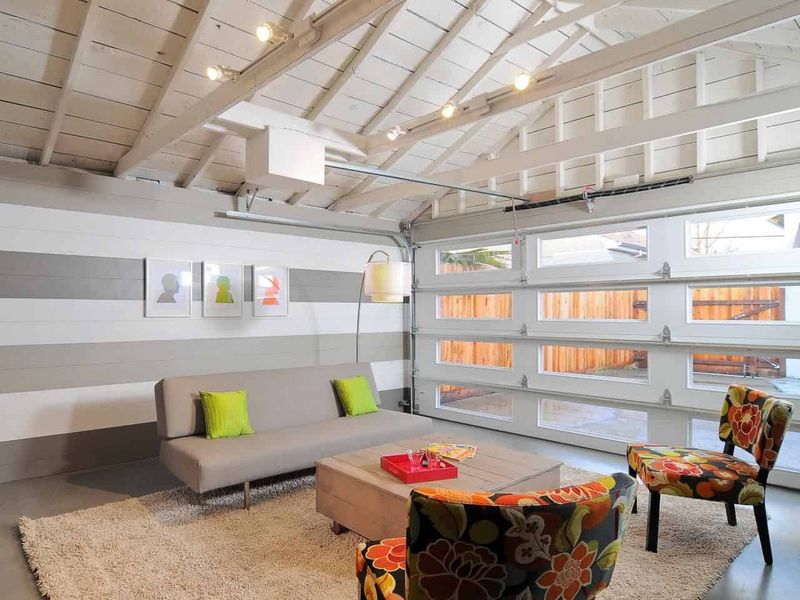
Converting your garage into a bonus room might seem clever until you realize buyers actually want… garages! Where will they park their cars or store holiday decorations?
Weather protection matters tremendously in regions with harsh winters or scorching summers. Nobody enjoys scraping ice off windshields at 6am.
Though you might love your garage gym or office, most buyers immediately calculate the cost of converting it back. This mental math often leads to lowball offers or complete walkaway.
3. Wallpaper That Won’t Go Away
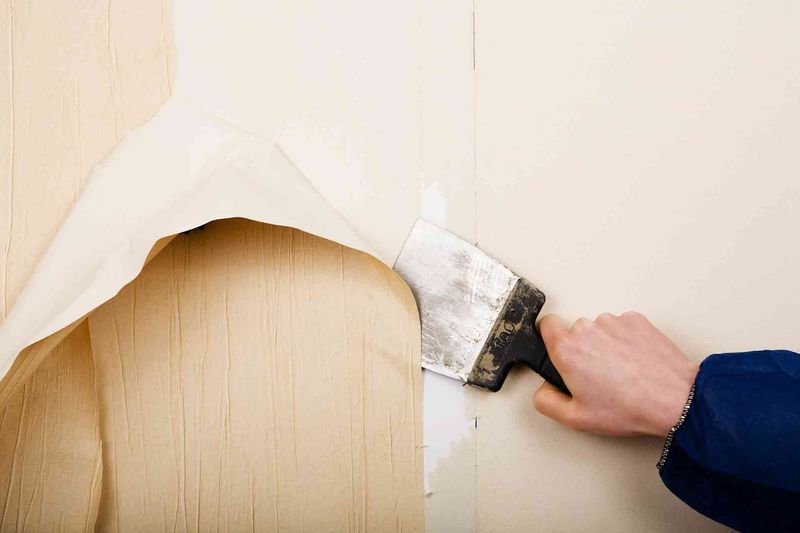
Love your bold wallpaper but worried buyers might see it as a horror story? You’re not alone! While wallpaper is having its design moment, most buyers just see a removal nightmare lurking beneath.
Those wild patterns that scream “this is me!” often clash big time with what buyers want. Plus, the average professional peel-off costs about $3 per square foot, money buyers secretly subtract from their offers.
And let’s be honest, textured or multi-layer wallpaper? That’s buyer terror-level stuff, recalling messy battles with scrapers and steamers they never want to fight again!
4. Luxury Upgrades In Budget Neighborhoods
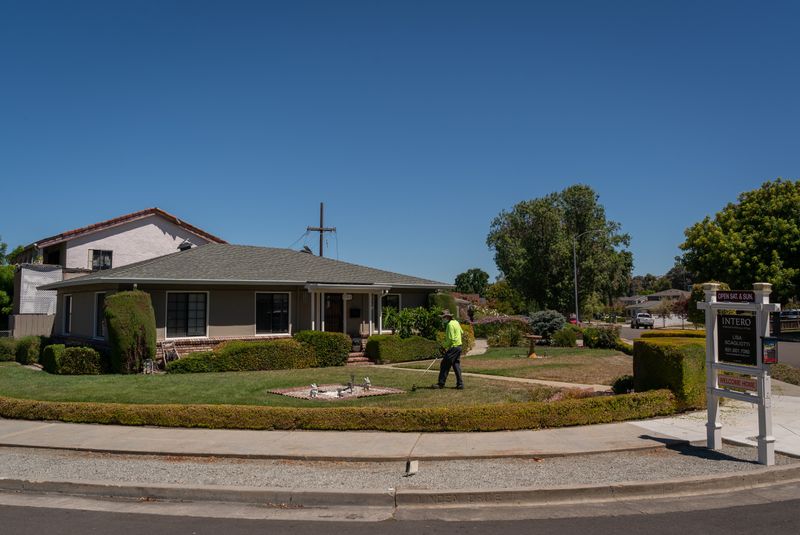
Marble countertops and gold fixtures might make your heart sing, but they can actually hurt resale when they’re out of sync with your neighborhood. Over-improving creates what we designers call the “best house in a mediocre neighborhood” problem.
Buyers shopping in your area have specific price expectations. When your home exceeds them dramatically, they’ll simply look elsewhere.
Most won’t pay premium prices for luxury features when surrounding property values can’t support the investment.
5. Carpet In Bathrooms That Harbors Mold
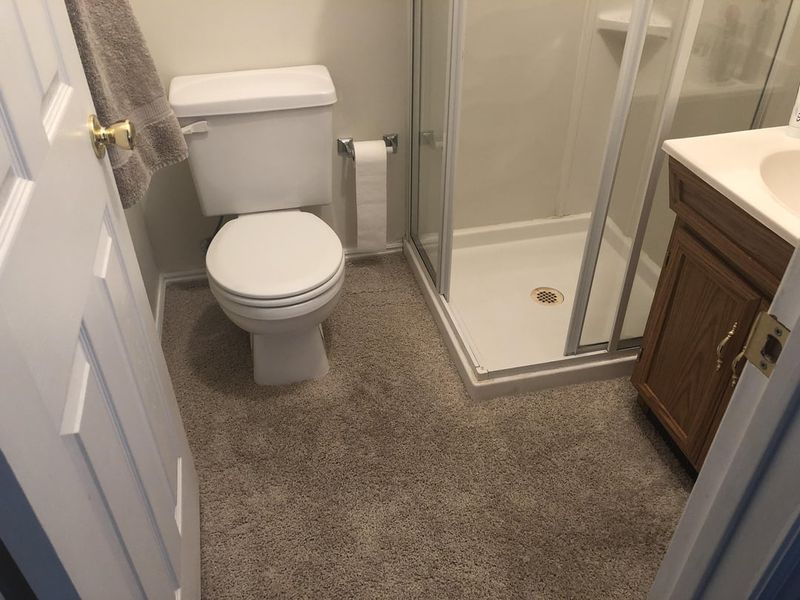
This definitely ranks among buyers’ top nightmares! Though some homeowners enjoy warm toes on winter mornings, buyers immediately envision mold, mildew, and bacterial growth.
Moisture inevitably seeps into carpeting around toilets and showers. Even spotless bathrooms raise hygiene concerns when carpeted.
Removing bathroom carpet often reveals damaged subflooring that requires expensive repairs. Buyers mentally subtract these renovation costs from their offers, if they don’t walk away entirely.
6. DIY Electrical Work That Sparks Fear
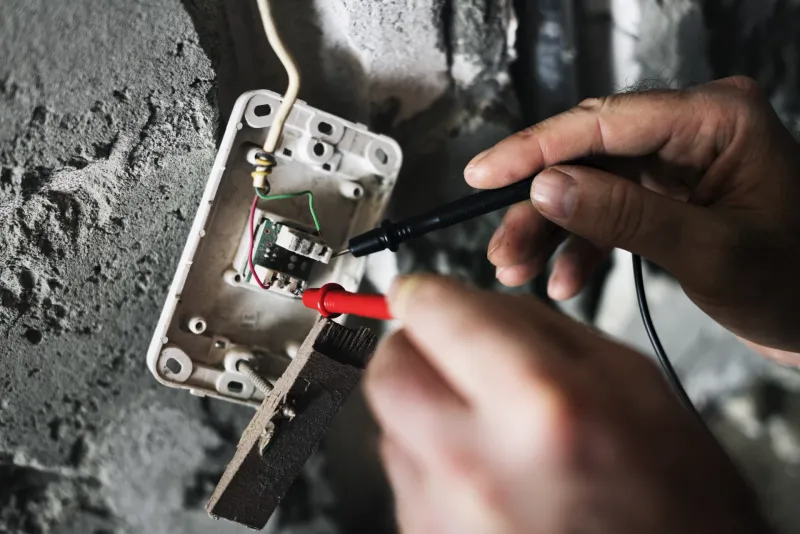
Homemade electrical solutions might have saved money initially, but they send safety-conscious buyers running. Inspection reports highlighting amateur wiring become immediate deal-breakers.
Multiple extension cords, visible junction boxes, or non-permitted electrical work signal potential fire hazards. Buyers envision expensive rewiring projects rather than move-in ready homes.
Insurance companies often refuse coverage or charge premium rates when they discover DIY electrical work. Of course, it’s making your property significantly less attractive to practical buyers.
7. Eliminated Bedrooms That Limit Appeal
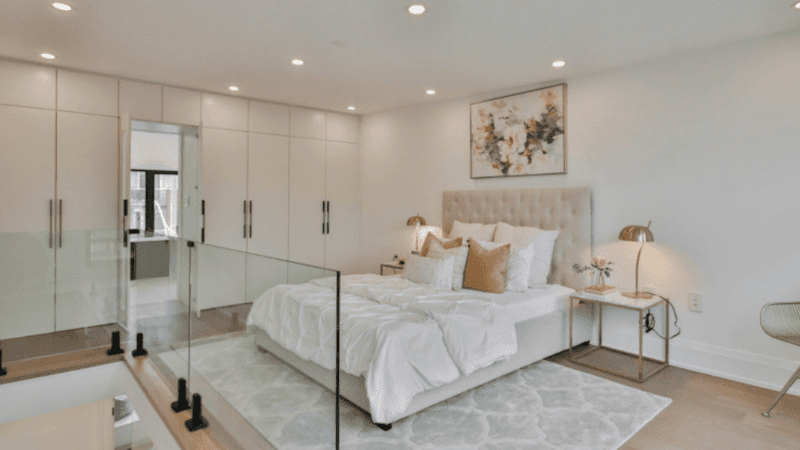
Knocking down walls to create that massive primary suite might feel luxurious until you try selling. Most buyers search by bedroom count, so your newly reduced 3-bedroom home won’t even appear in 4-bedroom searches.
Family buyers particularly value bedroom count over master suite size. Your home immediately loses appeal to a significant buyer segment.
Real estate valuation heavily weights bedroom count, meaning your renovation likely decreased your property value despite the renovation investment.
8. Textured Ceilings That Date Your Home
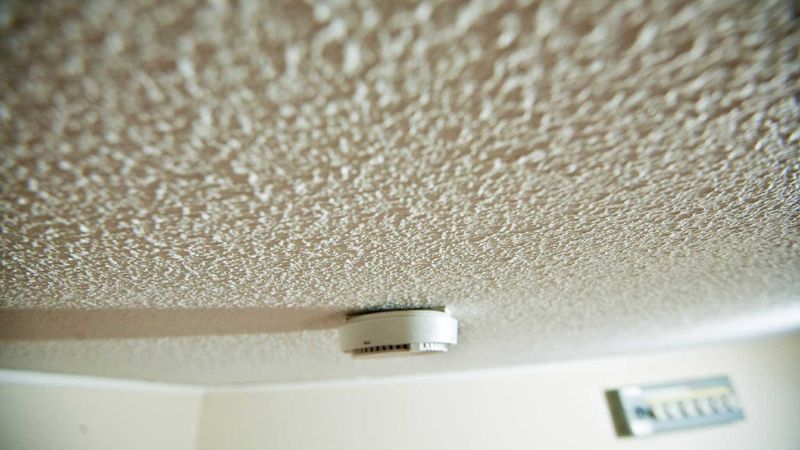
Still rocking that popcorn ceiling? To today’s buyers, it’s less “retro charm” and more “removal nightmare.” Sure, you might be used to your stippled ceiling, but buyers just see a big, messy project, and maybe even a health hazard.
Yep, pre-1980s popcorn ceilings often hide asbestos, making removal a pricey ($3+ per sq ft) and necessary headache. These days, buyers want sleek, smooth ceilings that scream modern, not “I just stepped into a time capsule.”
Popcorn ceilings? They age your home faster than last season’s fashion!
9. Highly Personalized Paint Colors That Polarize
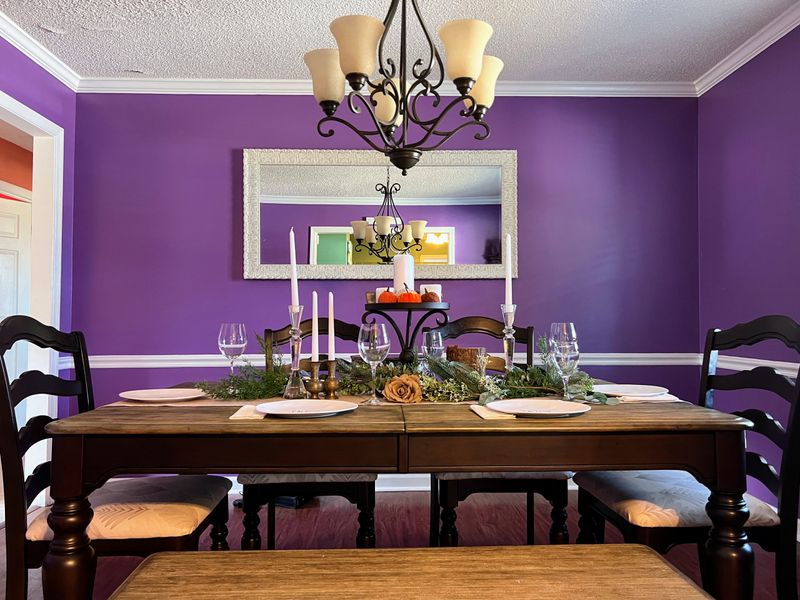
Your purple dining room might perfectly express your personality, but bold wall colors limit buyers’ ability to envision themselves in the space. Bright or unusual colors become immediate mental renovation projects.
Though repainting seems simple, buyers often overestimate costs and complexity. Dark colors particularly worry buyers who know they’ll require multiple coats to cover.
Unusual color combinations throughout the home suggest to buyers that other quirky, potentially problematic choices might be lurking beneath the surface.
10. Removed Closets That Create Storage Nightmares

Sacrificing closets to expand rooms or create open concepts creates immediate storage concerns for buyers. Modern life demands storage space, and buyers mentally inventory available closets during viewings.
Bedroom closets particularly impact value. Rooms without closets can’t legally be marketed as bedrooms in most regions.
Replacing removed closets costs significantly more than most buyers expect. Rather than calculating renovation costs, many simply move on to homes with adequate built-in storage solutions.
11. Sunrooms That Leak Energy
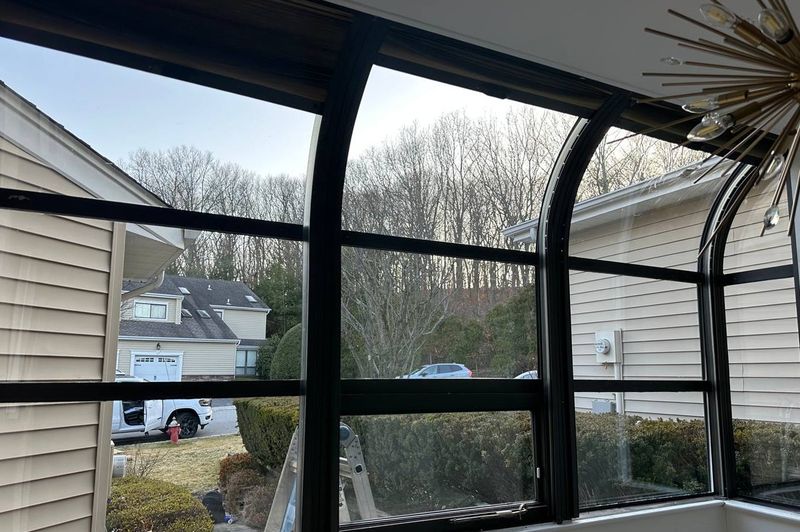
Sunrooms often become money pits that make energy-conscious buyers nervous. Poorly insulated glass walls leak heat in winter and trap it in summer, creating comfort issues and utility bill spikes.
Construction quality varies dramatically with sunrooms. Many show premature aging with seal failures, leaks, and temperature regulation problems.
Maintenance costs add up quickly with cleaning, resealing, and eventual glass replacement. Buyers frequently view sunrooms as future demolition projects rather than valuable additions.
12. Artificial Turf That Bakes In Summer
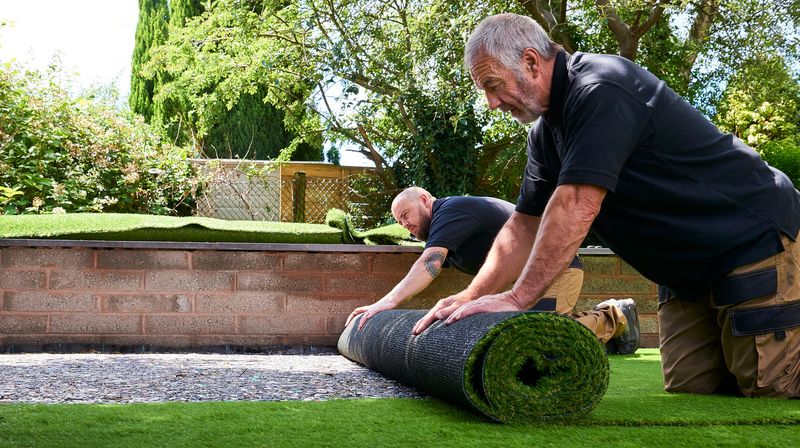
Thinking artificial grass is the easy way out? Think again! When summer hits, that fake turf can turn into a mini frying pan, too hot for kids and pets to handle.
Buyers often see it and think, “Uh-oh, expensive removal ahead.” Plus, eco-conscious shoppers aren’t fans of non-biodegradable lawns, they’d rather deal with mowing than guilt.
With installation costs of $8–12 per square foot and a lifespan of just 8–10 years, artificial turf can feel like a pricey, temporary fix. No wonder many buyers still root for natural grass, heat waves and all!
13. Elaborate Water Features That Worry

Backyard ponds and fountains might create tranquility for you but signal maintenance headaches for buyers. Pumps fail, liners leak, and algae blooms require constant attention.
Safety concerns immediately arise for families with young children. Even shallow water features present drowning risks that make parents uncomfortable.
Mosquito breeding becomes another serious concern in many regions. Rather than enjoying the peaceful burbling, buyers envision swatting insects while applying repellent just to use their own backyard.
14. Quirky Theme Rooms That Limit Imagination
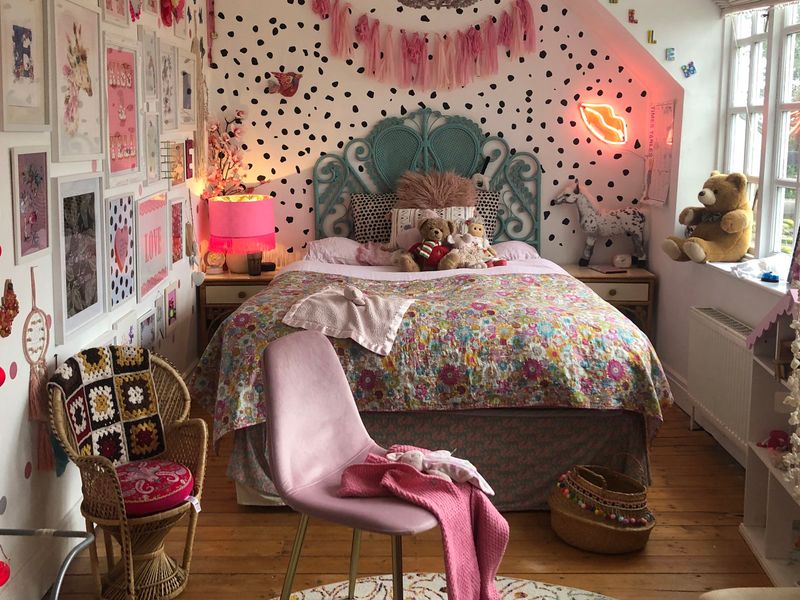
Your superhero media room might thrill fellow fans, but can cape your chances with mainstream buyers who struggle to look past the theme. Transforming a room into Gotham or Metropolis requires serious time and money, no quick save here!
Highly specific themes might make buyers wonder what other masked mysteries lurk in the house, creating hesitation faster than a speeding bullet. Themed kids’ rooms especially sidekick buyers with differently-aged children or no kids at all.
Remember, the more super-specific the theme, the smaller your potential buyer universe becomes!
15. Converted Basements With Moisture Issues
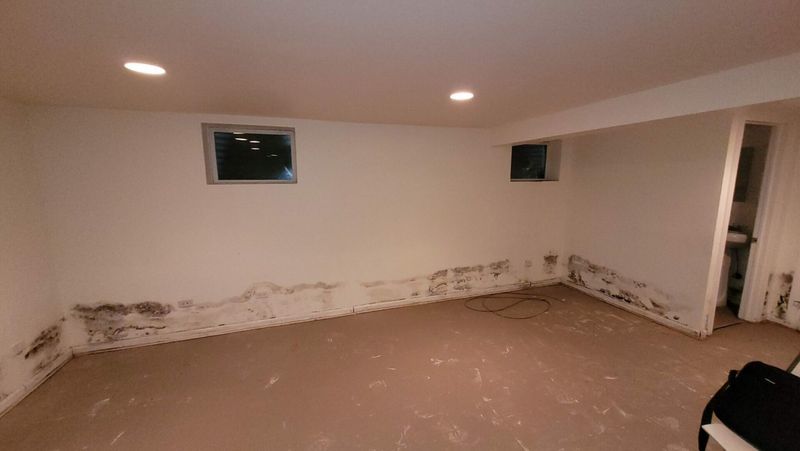
Basement bedrooms and living spaces raise immediate red flags when buyers spot humidity indicators. Water intrusion concerns trump any finished space benefits.
Building code violations frequently occur in DIY basement conversions. Egress windows, ceiling height requirements, and proper ventilation are commonly overlooked.
Musty odors, no matter how faint, trigger buyer worries about mold and structural problems. Even beautifully finished basements with minor moisture issues send buyers searching for drier options.
16. Removed Bathtubs That Alienate Families
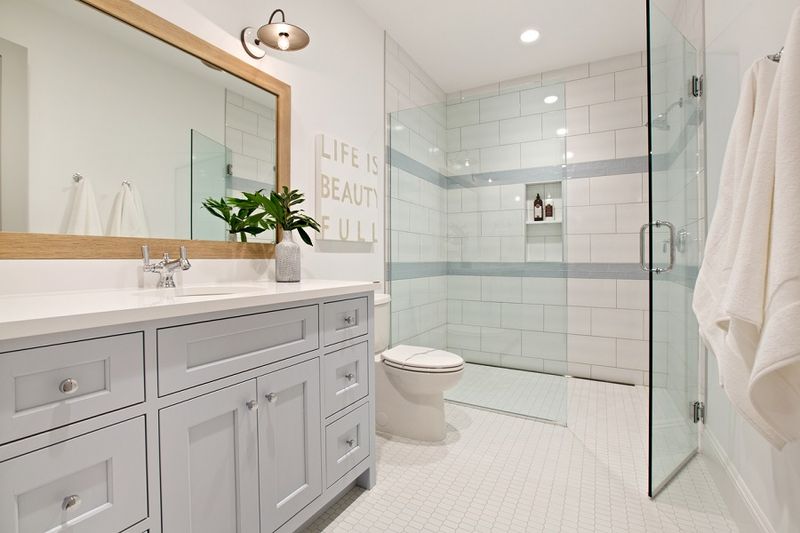
Swapping every bathtub for a luxury shower might seem like the ultimate modern upgrade, until you try selling to families with tiny tornadoes, aka kids. I’ve seen parents do a double take and ask, “Where do we wash the little ones now?!”
Trust me, a home without at least one tub is like a superhero without a cape, it just doesn’t fly with most buyers. Even couples without kids want that tub option because, hey, resale value is no joke.
And here’s the kicker, reinstalling a tub later costs way more than buyers expect. I’ve had more than one buyer just throw up their hands and ask to see another house, saving everyone a renovation headache.
17. RV Pads That Consume Yard Space
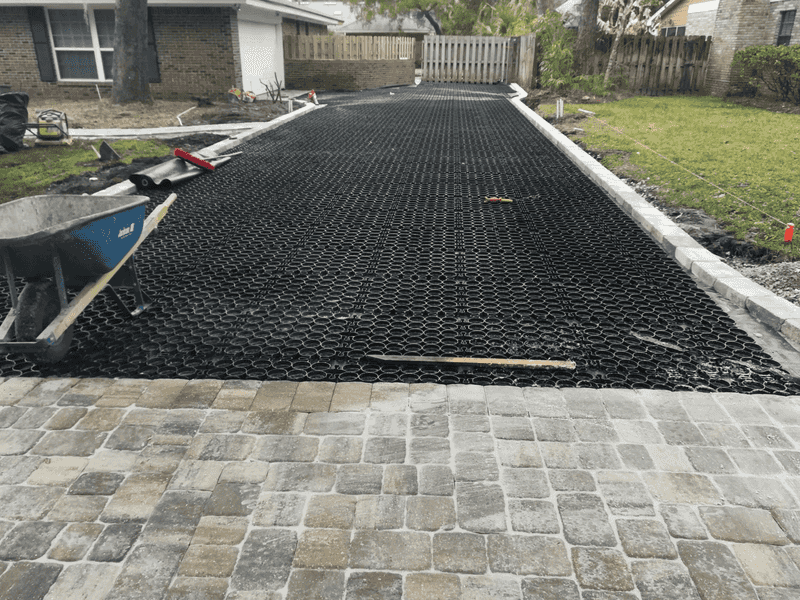
Large concrete RV pads might perfectly suit your lifestyle but severely limit appeal for non-RV-owning buyers. Expansive concrete areas reduce green space that families value for children and pets.
Removal costs quickly add up when buyers calculate concrete demolition, disposal, and landscape restoration. Many simply move on rather than planning expensive modifications.
Neighborhood aesthetic concerns arise when prominent RV parking areas affect curb appeal. Even buyers who appreciate the practical value often worry about resale limitations.

